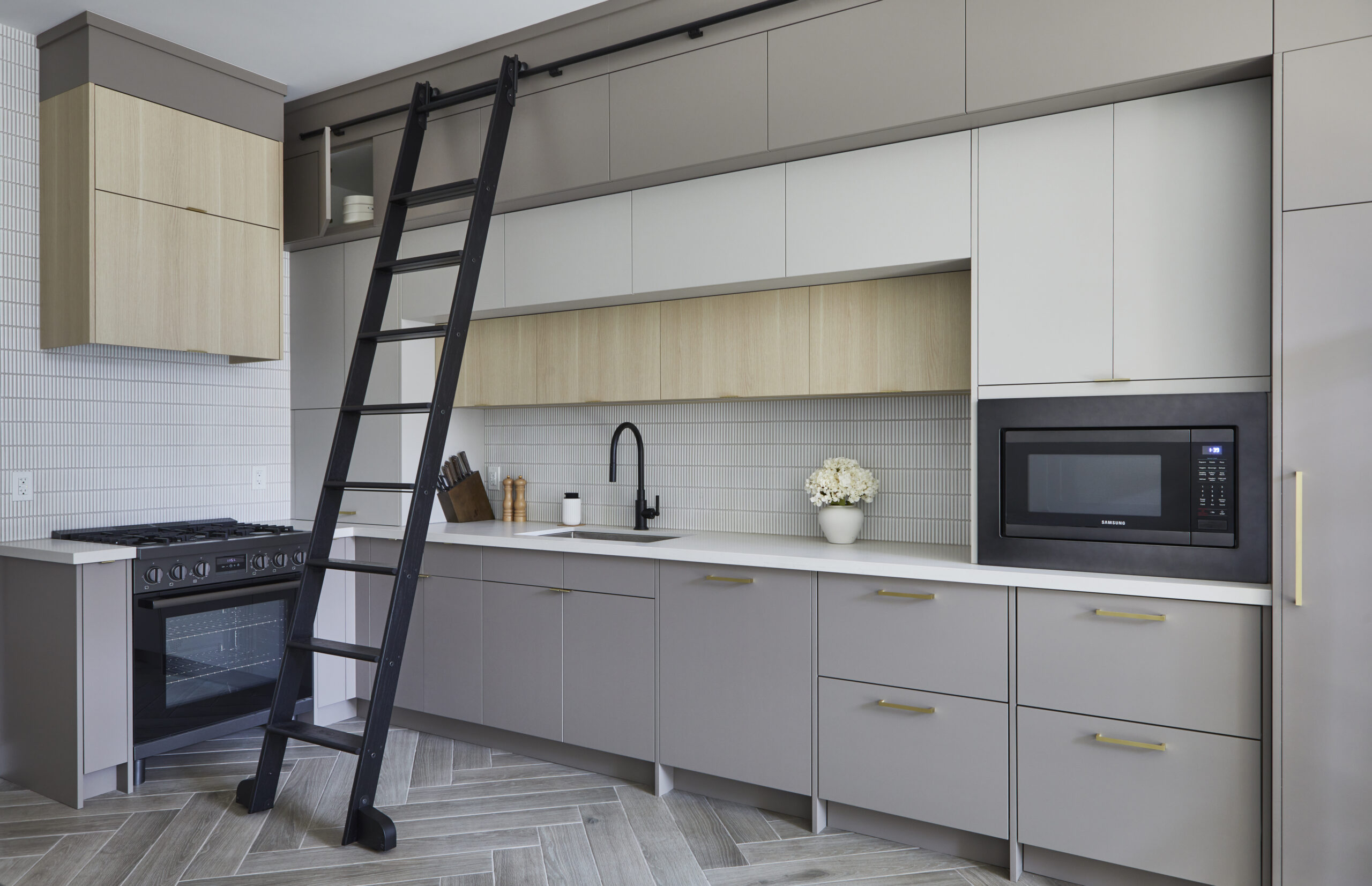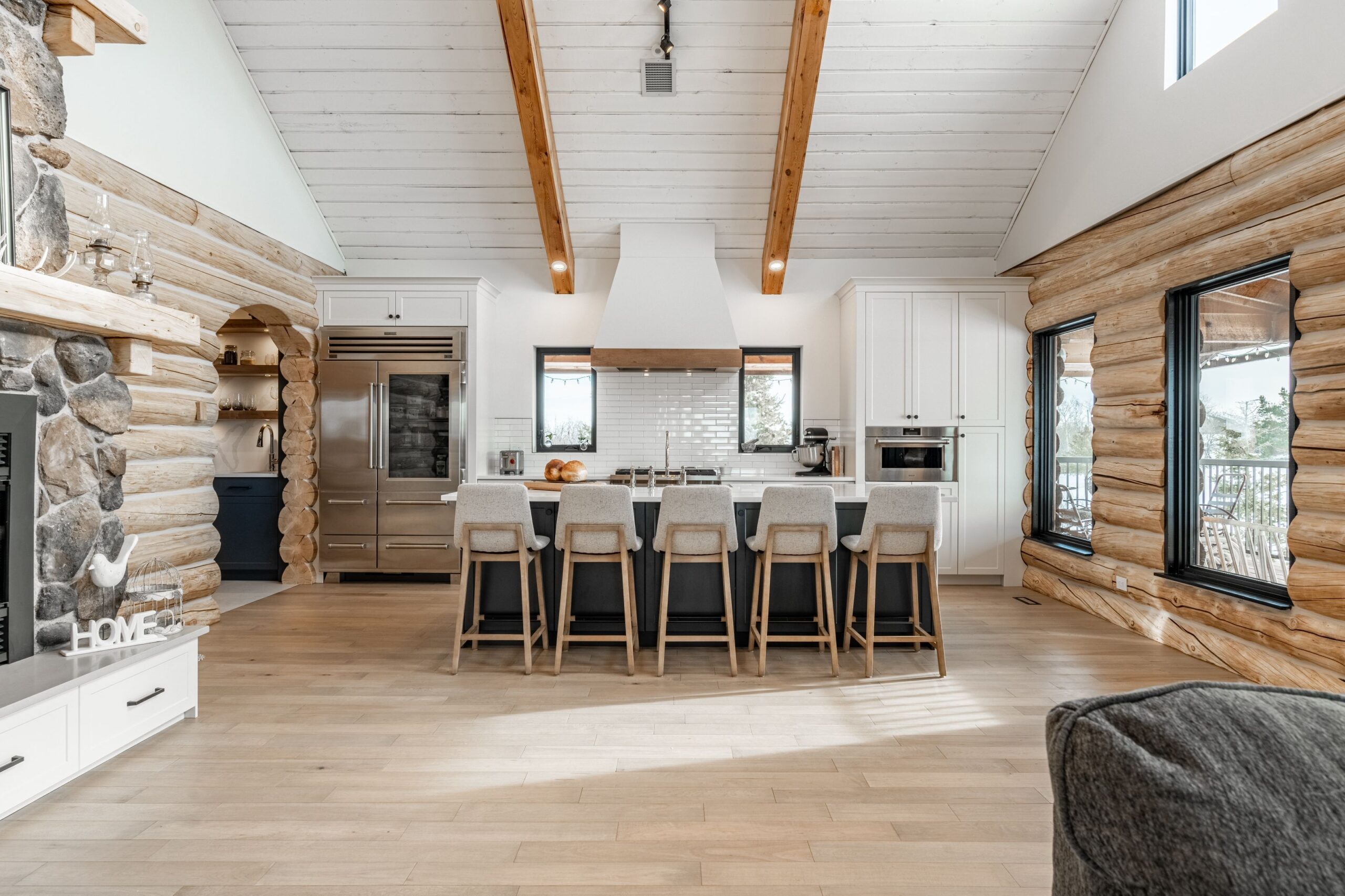
Greening Homes is a certified RenoMark Renovator.
After purchasing a 100-year old, semi-dated home, the new owners decided to undertake a whole-house renovation. The house needed upgrading and one of the new owners also had a medical condition that made indoor air quality very important.
Knowing that the renovation was going to be a long and complex project, the homeowners met with 12 different contractors and gave themselves 2 months to decide who was best able to do the work, and understood the need to select building materials that would keep chemicals out of the indoor air. A contractor was selected and work proceeded.
Red Flags
Although this was a major renovation costing approximately $800,000, the contractor insisted that no building permit was needed. The house was gutted, new plumbing, heating, ventilating and air conditioning were added, and new walls and drywall were put up.
At this stage, a painter was called in and he noticed that some aspects of the construction just weren’t right. He noticed that some of the construction work seemed to be out of sequence compared with typical building construction progression. At this point the homeowners had spent about $500,000 on their major renovation and were not liking what they were hearing.
The painter contacted me, and I met with the homeowners and looked through the home. Evidence of shoddy workmanship was everywhere, including structural problems such as cut floor joists to allow for heating duct runs. Compromising structural components to put in heating or plumbing is never the correct thing to do.
At this point, I brought in the municipal building inspector to get a third party assessment of the project. Unfortunately for the homeowners, the inspection made it clear that the entire house had to be re-gutted and re-done with proper permits and licensed trades for plumbing, wiring and gas fitting. By this time the original contractor had changed his company name and would not return messages.
Even though the homeowners were clear with the original contractor about the importance of protecting indoor air quality for health reasons, no effort seems to have been made to address this, and many of the materials chosen would have made matters worse. During the planning process we looked at over 50 different materials, the chemicals from which they are made and cross-referenced that information with the known triggers for the client’s medical condition.
Could this have been avoided?
While the homeowners went through a significant vetting process to select the original contractor, that contractor’s insistence that no building permit was needed should have been a ‘red flag’. A renovation project of this scale and complexity will always require permits and multiple inspections. All RenoMark members provide a detailed, written contract for all jobs.
Click here to find a RenoMark Renovator.



